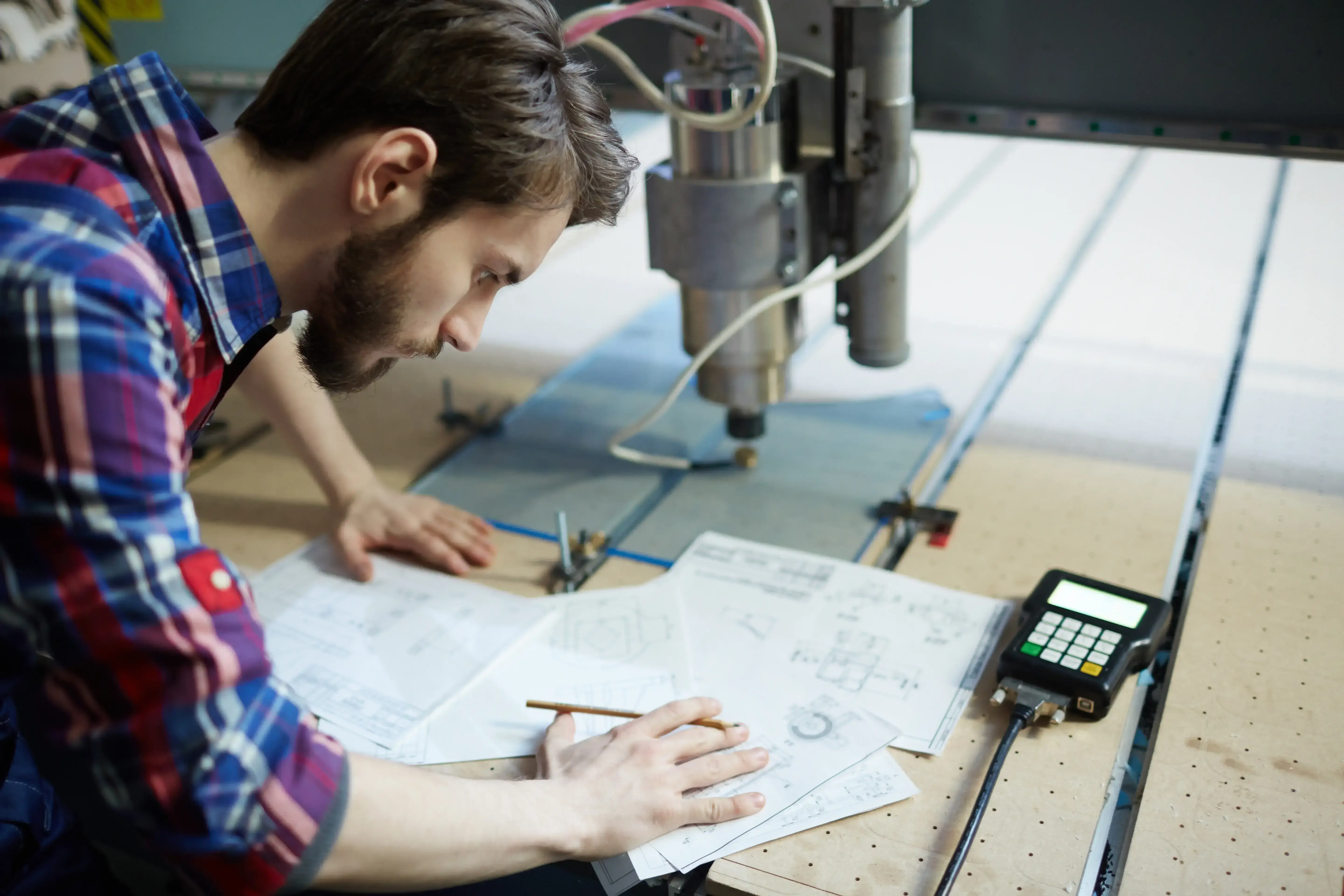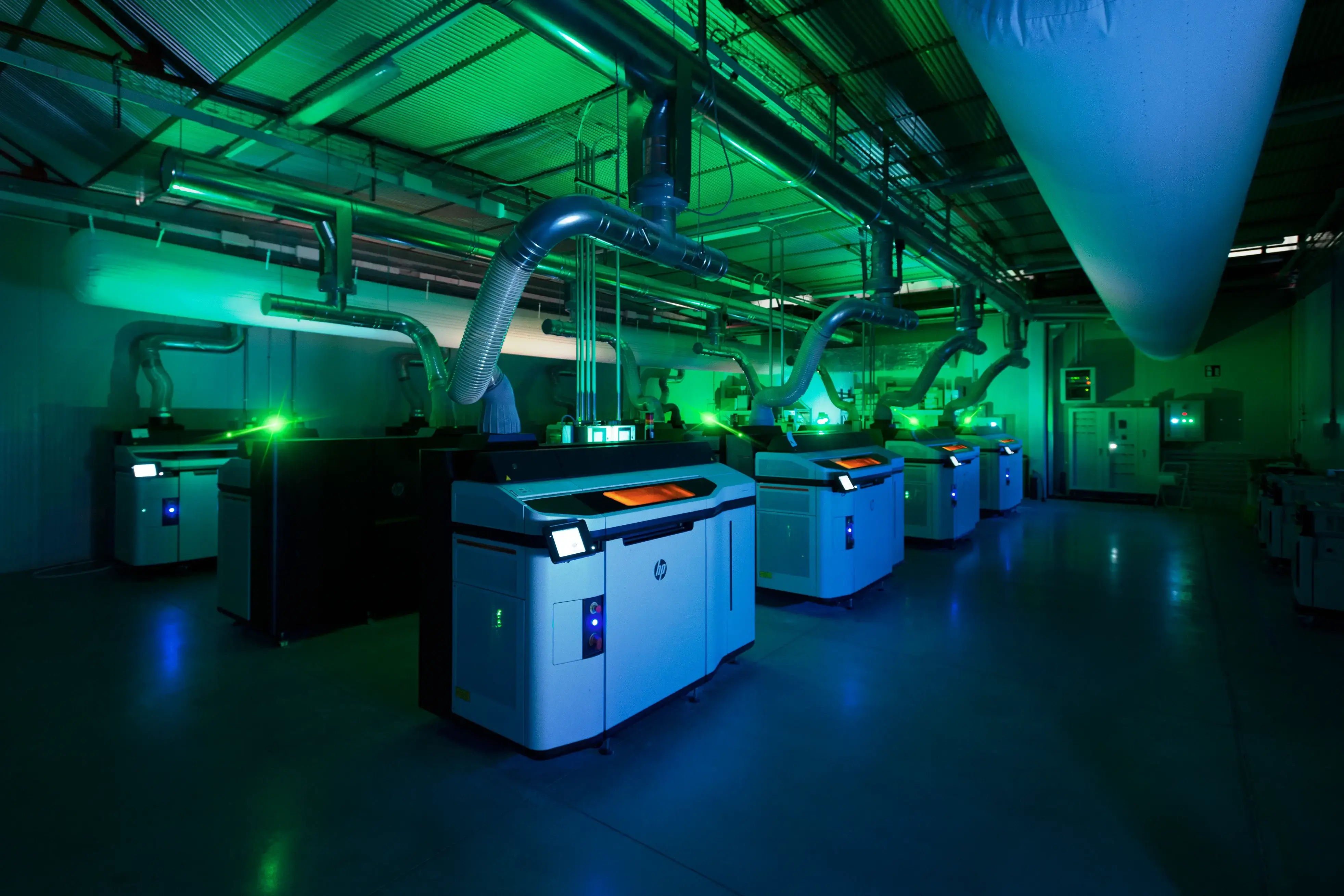2 min read
Guide to Topology Optimisation for 3D Printing
The evolution of manufacturing technology has led to revolutionary design and manufacturing paradigms. Topology optimisation in 3D printing...

In the digital era, design and 3D printing are revolutionising the way we create and produce objects. At Weerg, we are committed to bringing this revolution into the hands of our customers, offering high-quality 3D printing services that turn ideas into tangible realities. In this article, we will explore how 3D printing is changing the field of design, the main advantages and how Weerg can help you make the most of this innovative technology.
3D printing offers unprecedented manufacturing flexibility, allowing the creation of complex geometries with ease. This technology is perfect for design, as it enables the production of numerous versions of the same object at affordable costs, offering the opportunity to select the best shape to meet buyers' preferences. The speed, accuracy, dimensional precision, perfect surface finish, and reliability guaranteed by our professional 3D machines are perfect for easily realising geometries with any degree of complexity.

3D printing has opened new frontiers in the field of design, allowing the creation of objects that would have been impossible to produce using traditional manufacturing methods. Foremost in the world of fashion, where the creation of clothing and accessories with unique shapes and structures is gaining ground, such as customised jewellery, made-to-measure shoes, and even 3D-printed garments. As for furniture and furnishings, it allows for the creation of unique and customised designs. Whether it's artistic lamps, ergonomic chairs, or tables with intricate shapes, 3D printing is changing the way we furnish our spaces. In industrial design, it has become an invaluable tool for designers, allowing the creation of rapid prototypes and the production of complex parts with ease. This speeds up the product development process and reduces production costs.

3D-printed shoes by Gruppo Meccaniche Luciani
3D printing can be a beneficial choice compared to traditional production systems in a constantly evolving sector such as design and art. Let's look at the main benefits below.
1. ITERATION AND RAPID PROTOTYPING
3D printing offers significant advantages in terms of iteration and prototyping without the need to create moulds. Rapid and low-cost prototyping is central to the creative process, allowing designers to test and iterate their ideas more efficiently, thereby reducing product development times. This is one of the main reasons why 3D printing has become so popular in the initial stages of product and project development.
2. CUSTOMISATION
With 3D printing, it is possible to produce customised objects tailored to the specific needs of each client. This paves the way for more consumer-oriented design and allows for better market demand fulfilment.
3. GEOMETRIC COMPLEXITY
The increasingly close collaboration between artists and 3D technology is giving rise to a unique creative landscape. 3D printing allows for the creation of complex shapes and geometries that would be difficult or impossible to achieve with other production methods. This offers designers greater creative freedom, enabling them to translate cutting-edge ideas and complex visions into physical forms with extraordinary precision.
4. CREATION OF INTEGRATED COMPONENTS
Simplification and speed are central elements for creating an effective and competitive production cycle. With 3D printing, it is possible to integrate multiple components into a single piece, creating integrated components that reduce the number of parts and facilitate assembly. This also enables the production of lighter, stronger, and more efficient products.
5. EASE OF MODEL REVISION AND MODIFICATION
3D printing has revolutionised the way we design and create physical objects. One of its most powerful features is the ease of revising and modifying digital models before actual printing. Thanks to the digital model, it is possible to quickly explore different design options and check their solidity to identify potential issues.
6. MATERIAL OPTIMISATION AND VARIETY
3D printing provides artists with the ability to experiment with new materials, enabling the creation of works that challenge traditional conventions. The diversification of materials used is redefining the sector's boundaries, allowing a wide range of applications and ensuring optimal performance, reducing waste, and optimising efficiency. In addition to traditional thermoplastic polymers, we are witnessing the growing adoption of advanced materials such as photopolymer resins, biodegradable polymers, and even metallic materials.
7. COST-EFFECTIVENESS
Compared to traditional production options, 3D printing often offers greater flexibility and convenience for the production of prototypes, customised parts, and small production runs. A fundamental advantage of additive manufacturing is on-demand production, eliminating the need to maintain large inventories. This reduces costs related to stock management and allows for a more flexible response to market demand variations.
8. SUSTAINABILITY
3D printing is a key element for increasingly sustainable manufacturing, a trend that is now well-established and central to many business models. Innovation and optimisation in design and production can contribute to reducing environmental impact by decreasing material and energy waste compared to traditional methods.
At Weerg, we are proud to be at the forefront of 3D printing. We offer a wide range of materials and finishes, allowing our customers to realise their projects with the utmost quality and precision. Whether you are a fashion designer looking to create unique jewellery, an interior designer aiming to produce customised furniture, or an industrial designer in need of rapid prototypes, Weerg is your ideal partner for 3D printing.

2 min read
The evolution of manufacturing technology has led to revolutionary design and manufacturing paradigms. Topology optimisation in 3D printing...

1 min read
In the modern landscape of manufacturing, 3D printing technology is emerging as a revolutionary force. With a wide range of techniques available, it...

2 min read
Anodising is an electrochemical process that creates a protective layer of aluminium oxide on the surface of metallic components. This layer...